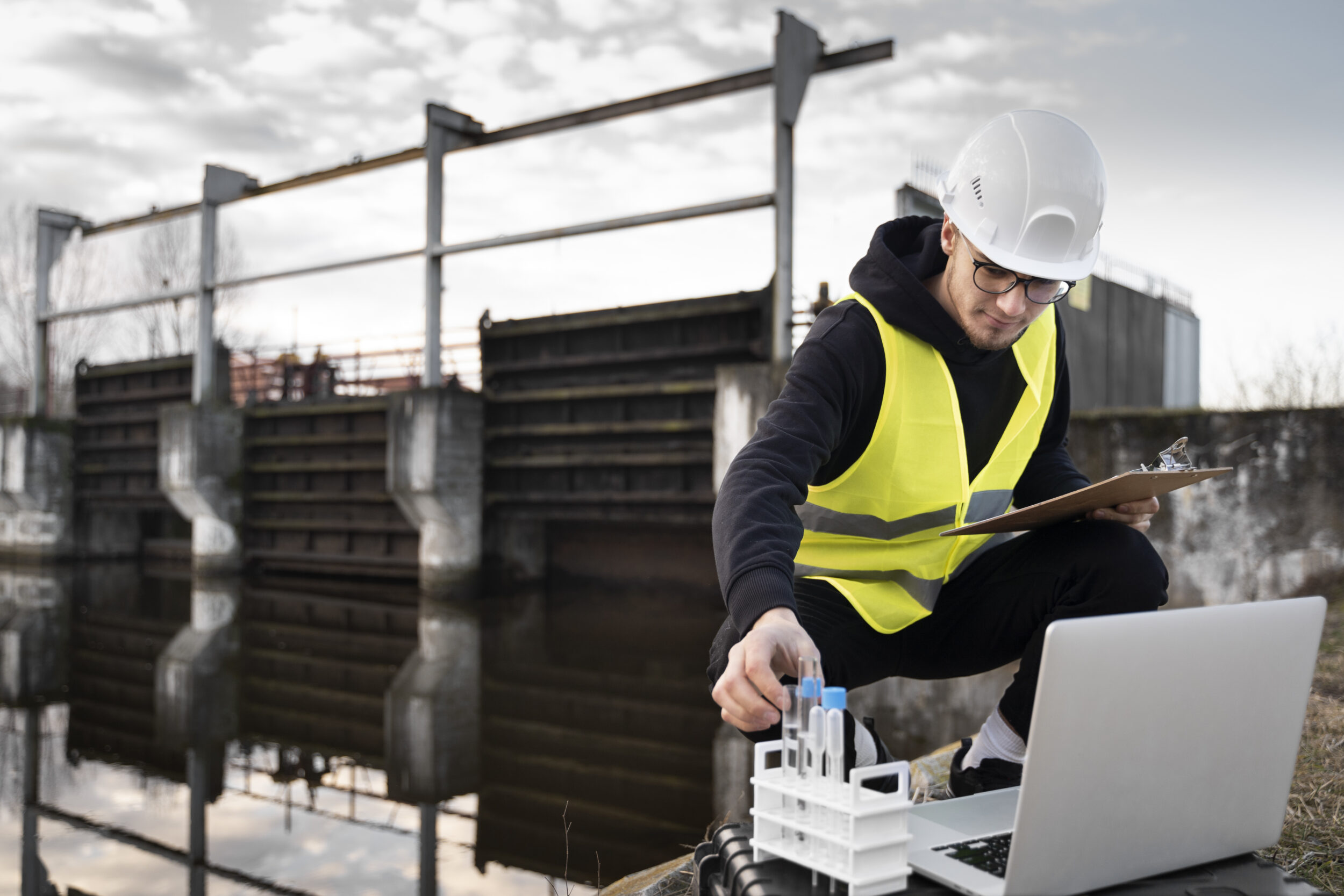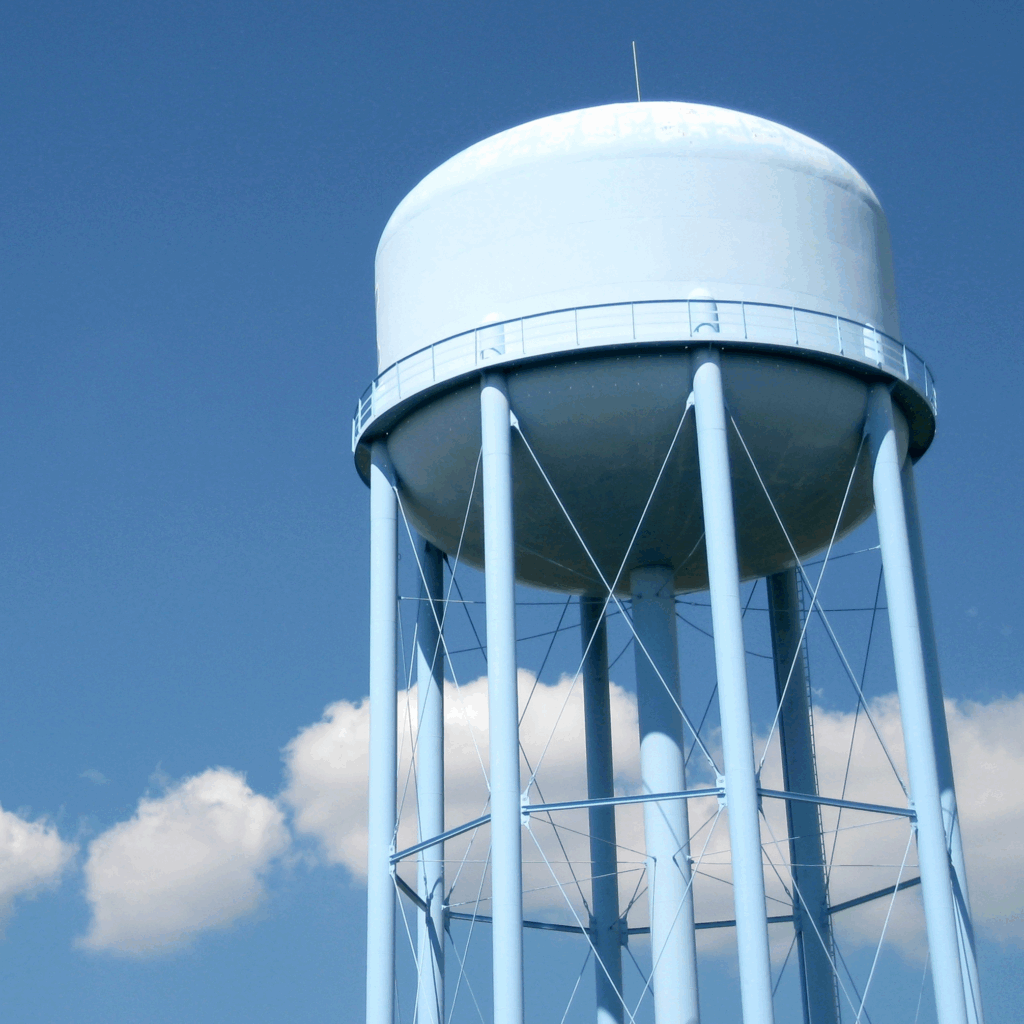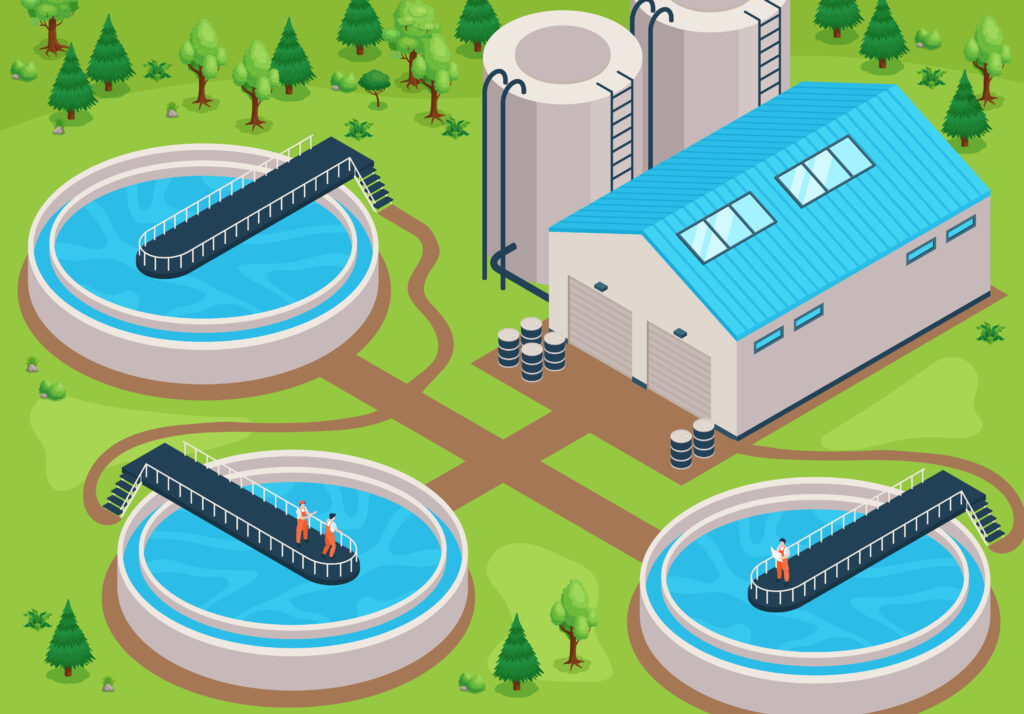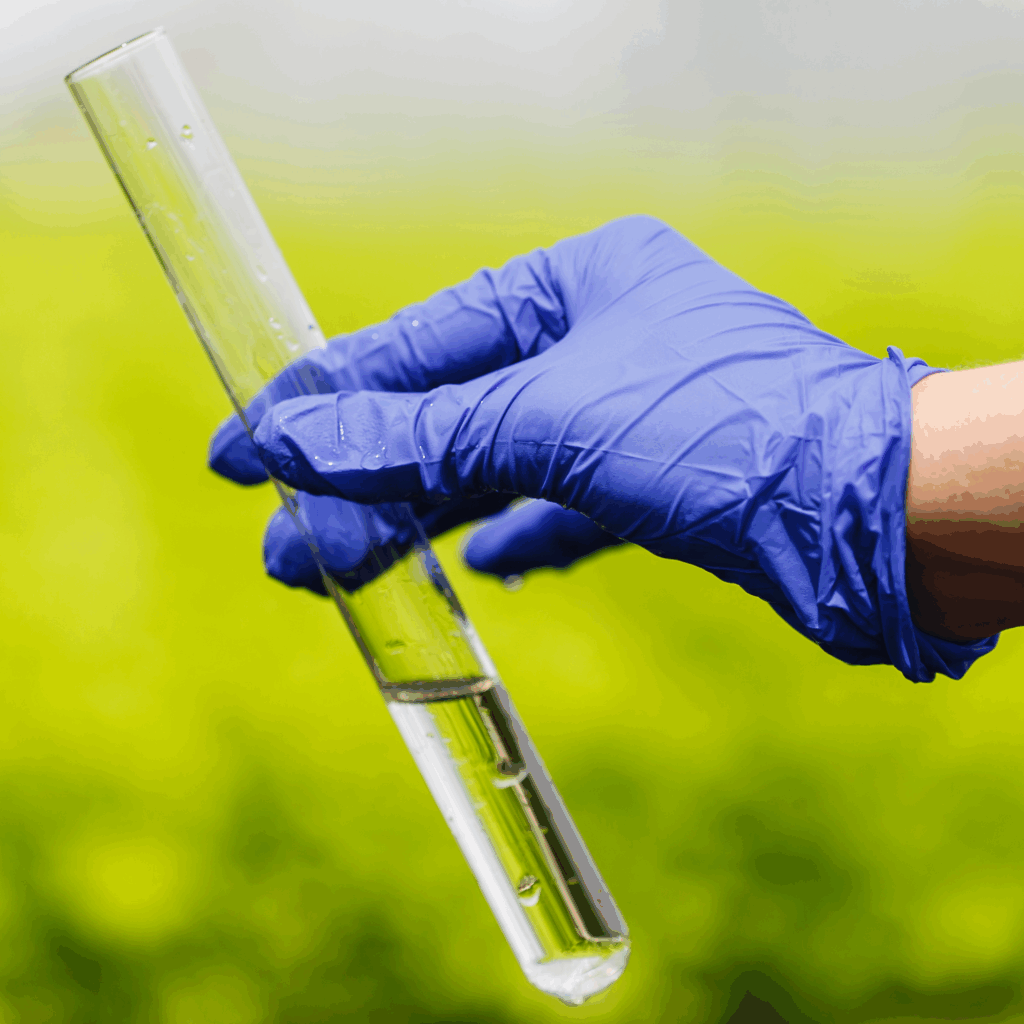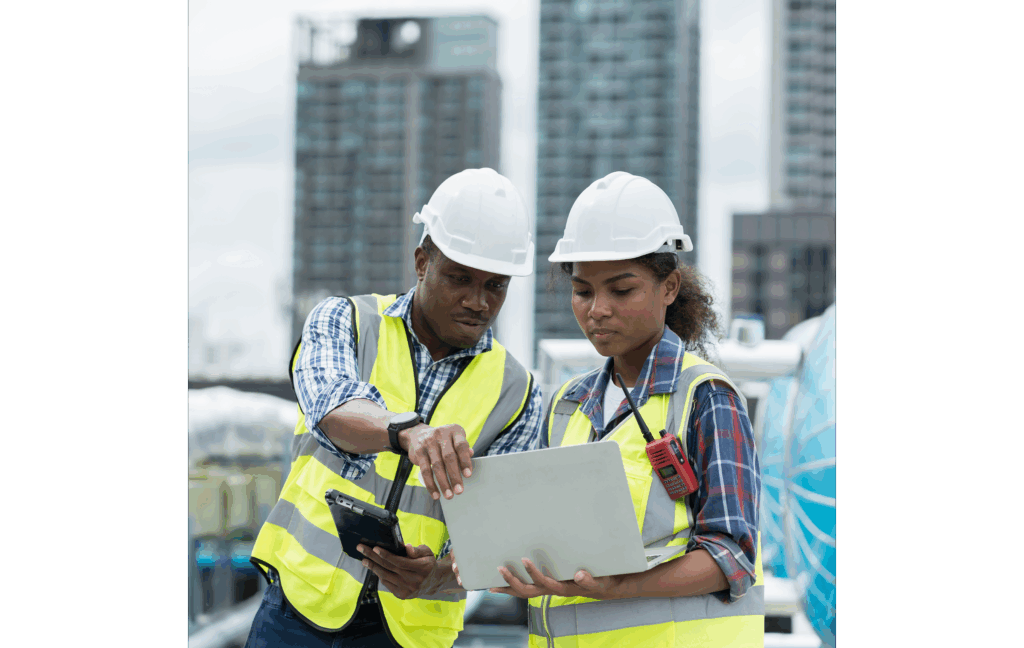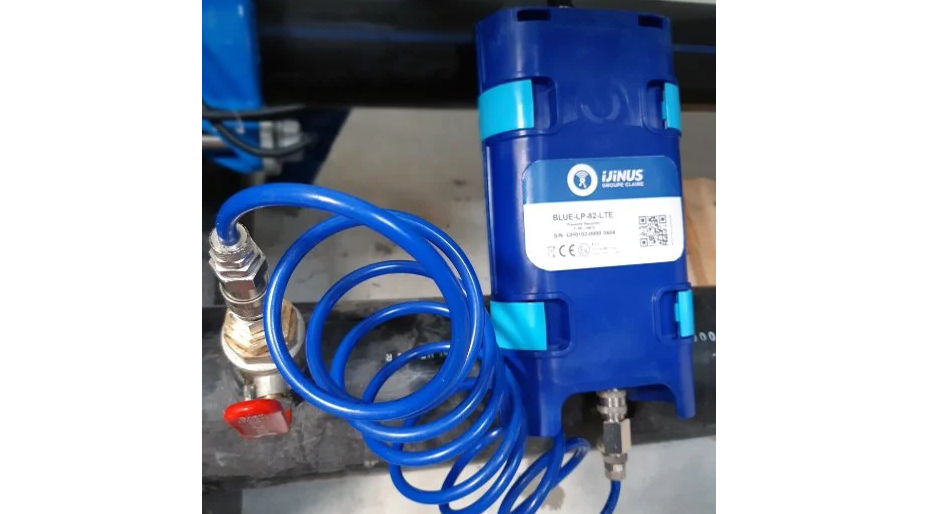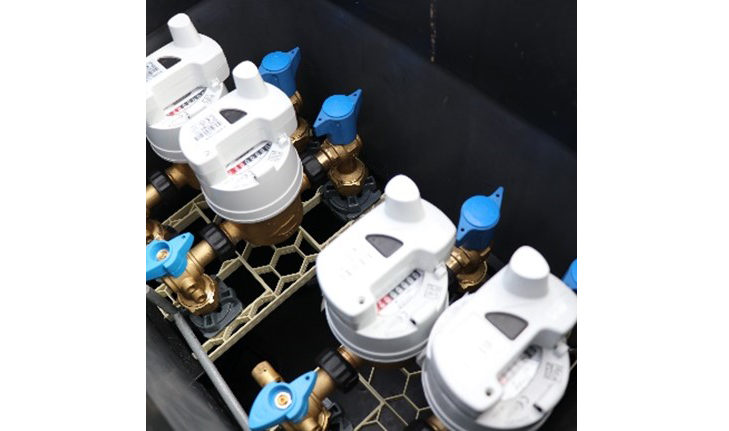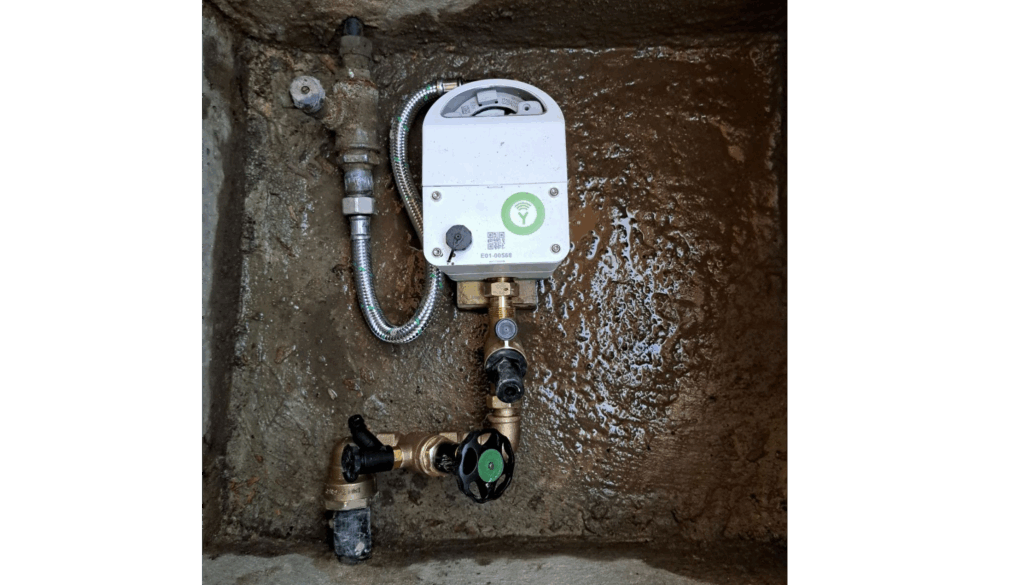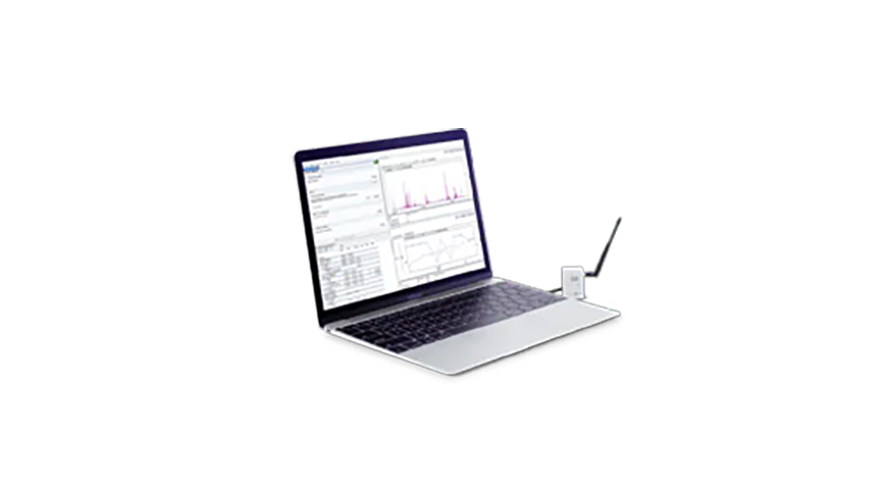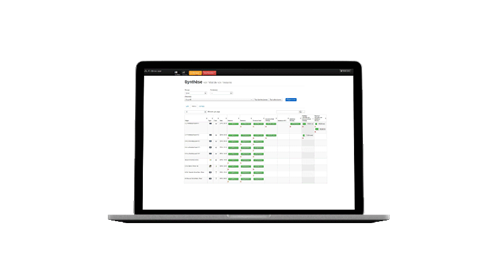There's a lot more to monitoring a water network than just reading a meter or inspecting a pipe. It involves organising a continuous watch, at various levels, to ensure that water flows safely, without loss or contamination, and with a constant service for users.
A monitoring system combines physical tools (sensors and connected valves), digital platforms (supervision software and cloud interfaces) and an analytical and response approach.
These systems are designed to:
Detect water leaks and other anomalies in the network (excessively high pressure, pollution, etc.),
Optimise operations in the field,
Safeguard the drinking water supply,
Monitor network performance (output, pressure, levels, flows),
Anticipate incidents and peaks in consumption.
They concern drinking water networks, sewerage networks and sometimes rainwater. Their effectiveness is based on the interconnection between the various components in the network and on the ability to transform data into actual decisions.
They enable managers to evolve from a reactive approach to one based on anticipation, to the benefit of organisations, local authorities and citizens alike. This means they can monitor the performance of drinking water and wastewater infrastructures in real time or on a periodic basis.
These systems are based on instrumenting the network, and collecting, transmitting and analysing data.
